HIV and Women: HIV Diagnoses
Data for 2020 should be interpreted with caution due to the impact of the COVID-19 pandemic on access to HIV testing, care-related services, and case surveillance activities in state and local jurisdictions. While 2020 data on HIV diagnoses and prevention and care outcomes are available, we are not updating this web content with data from these reports.
HIV diagnoses is one of the six Ending the HIV Epidemic in the U.S. indicators. HIV diagnoses refers to the number of people who received an HIV diagnosis during a given year. Womena accounted for 19% (6,999) of the 36,801 new HIV diagnoses in the US and dependent areasb in 2019.


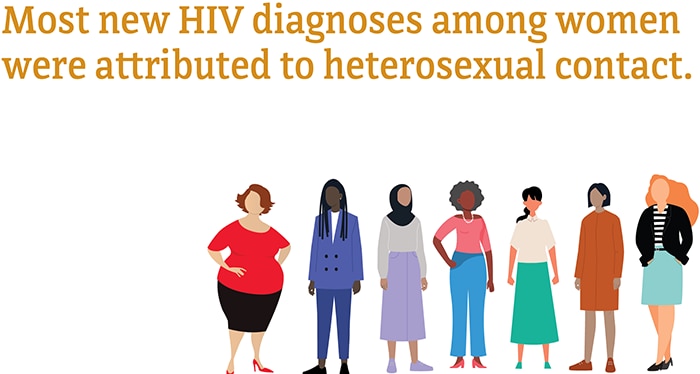

* Based on sex assigned at birth and includes transgender people. For more information about transgender people, visit CDC’s HIV and Transgender People web content.
† Includes perinatal exposure, blood transfusion, hemophilia, and risk factors not reported or not identified.
Source: CDC. Diagnoses of HIV infection in the United States and dependent areas, 2019. HIV Surveillance Report 2021;32.
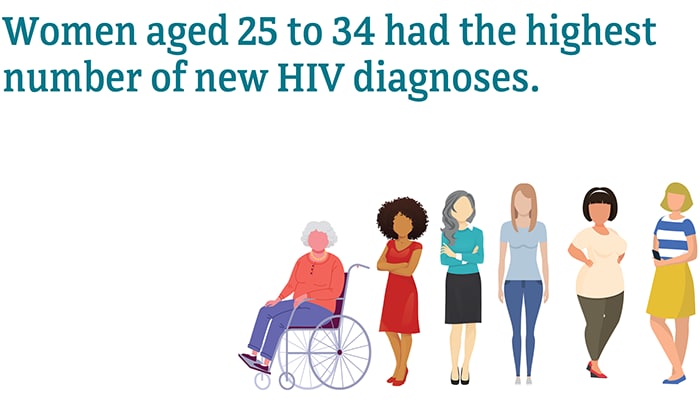
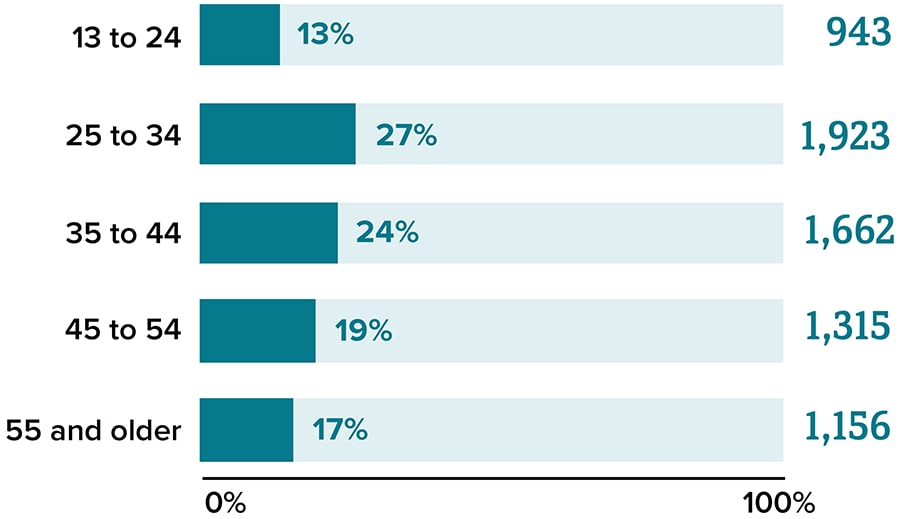
Total may not equal 100% due to rounding.
* Based on sex assigned at birth and includes transgender people. For more information about transgender people, visit CDC’sHIV and Transgender People web content.
Source: CDC. Diagnoses of HIV infection in the United States and dependent areas, 2019. HIV Surveillance Report 2021;32.
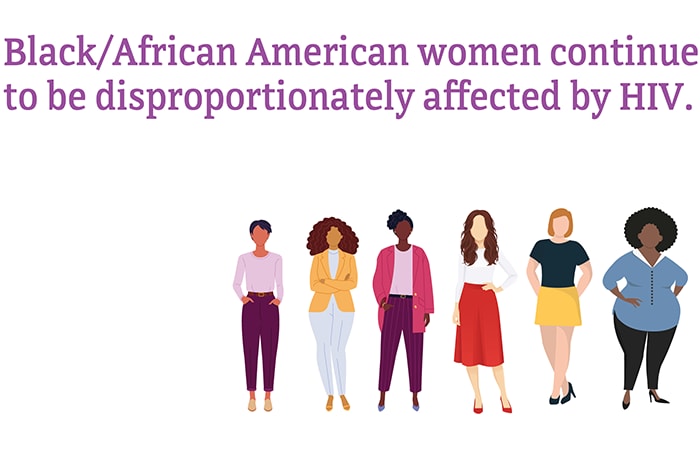
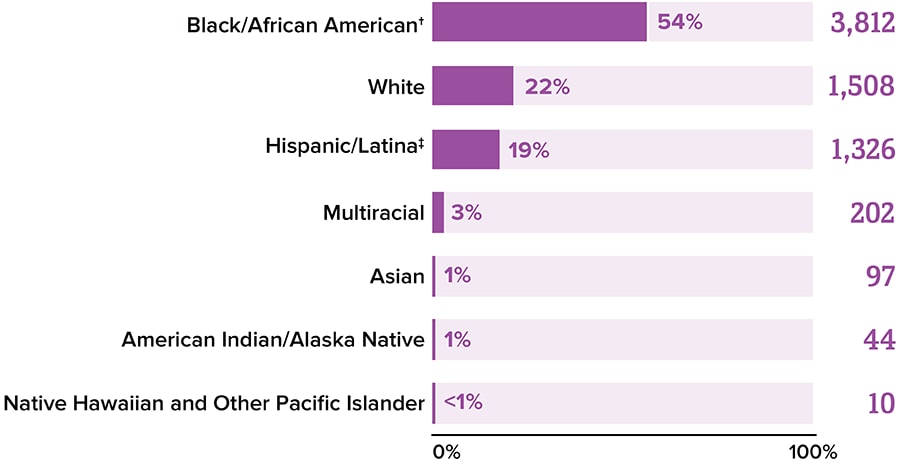
* Based on sex assigned at birth and includes transgender people. For more information about transgender people, visit CDC’s HIV and Transgender People web content.
† Black refers to people having origins in any of the Black racial groups of Africa. African American is a term often used for people of African descent with ancestry in North America.
‡ Hispanic/Latina women can be of any race.
Source: CDC. Diagnoses of HIV infection in the United States and dependent areas, 2019. HIV Surveillance Report 2021;32.
HIV diagnoses decreased 6% among women overall from 2015 to 2019. Although trends varied for different groups of women, HIV diagnoses declined for groups most affected by HIV, including Black/African American women and young women aged 13 to 24.
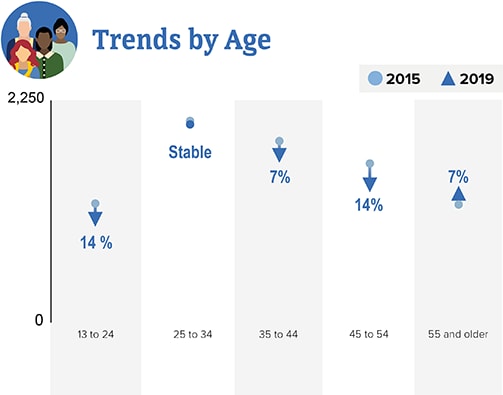
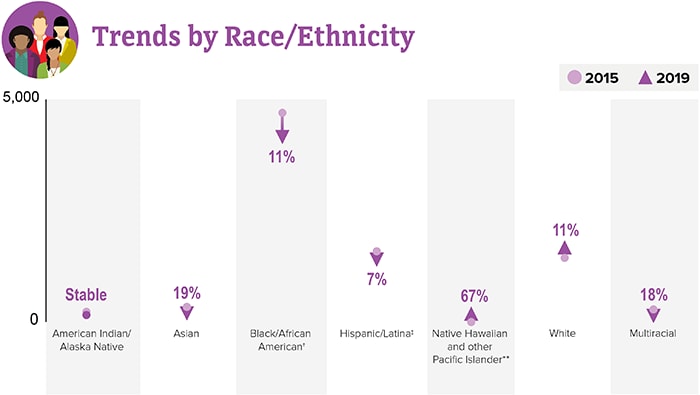
* Based on sex assigned at birth and includes transgender people. For more information about transgender people, visit CDC’s HIV and Transgender People web content.
† Black refers to people having origins in any of the Black racial groups of Africa. African American is a term often used for people of African descent with ancestry in North America.
‡ Hispanic/Latina women can be of any race.
** Changes in subpopulations with fewer HIV diagnoses can lead to a large percentage increase or decrease.
Source: CDC. Diagnoses of HIV infection in the United States and dependent areas, 2019. HIV Surveillance Report 2021;32.
Cisgender: A person whose sex assigned at birth is the same as their gender identity or expression.
Gender expression: A person’s outward presentation of their gender (for example, how they dress).
Gender identity: A person’s internal understanding of their own gender.
Transgender: A person whose gender identity or expression is different from their sex assigned at birth.
- CDC. Behavioral and clinical characteristics of persons with diagnosed HIV infection—Medical Monitoring Project, United States, 2020 cycle (June 2020–May 2021). HIV Surveillance Special Report 2022;29.
- CDC. Diagnoses of HIV infection in the United States and dependent areas, 2019. HIV Surveillance Report 2021;32.
- CDC. Estimated HIV incidence and prevalence in the United States, 2015-2019 [PDF – 3 MB]. HIV Surveillance Supplemental Report 2021;26(1).
- CDC. HIV infection risk, prevention, and testing behaviors among heterosexually active adults at increased risk for HIV infection–National HIV Behavioral Surveillance – 23 U.S. Cities, 2019 [PDF – 3 MB]. HIV Surveillance Special Report 2021; 26.
- CDC. HIV infection risk, prevention, and testing behaviors among persons who inject drugs–National HIV Behavioral Surveillance: injection drug use – 23 U.S. Cities, 2018 [PDF – 2 MB]. HIV Surveillance Special Report 2020; 24.
- CDC. Monitoring selected national HIV prevention and care objectives by using HIV surveillance data—United States and 6 dependent areas, 2019. HIV Surveillance Supplemental Report 2021;26(2).